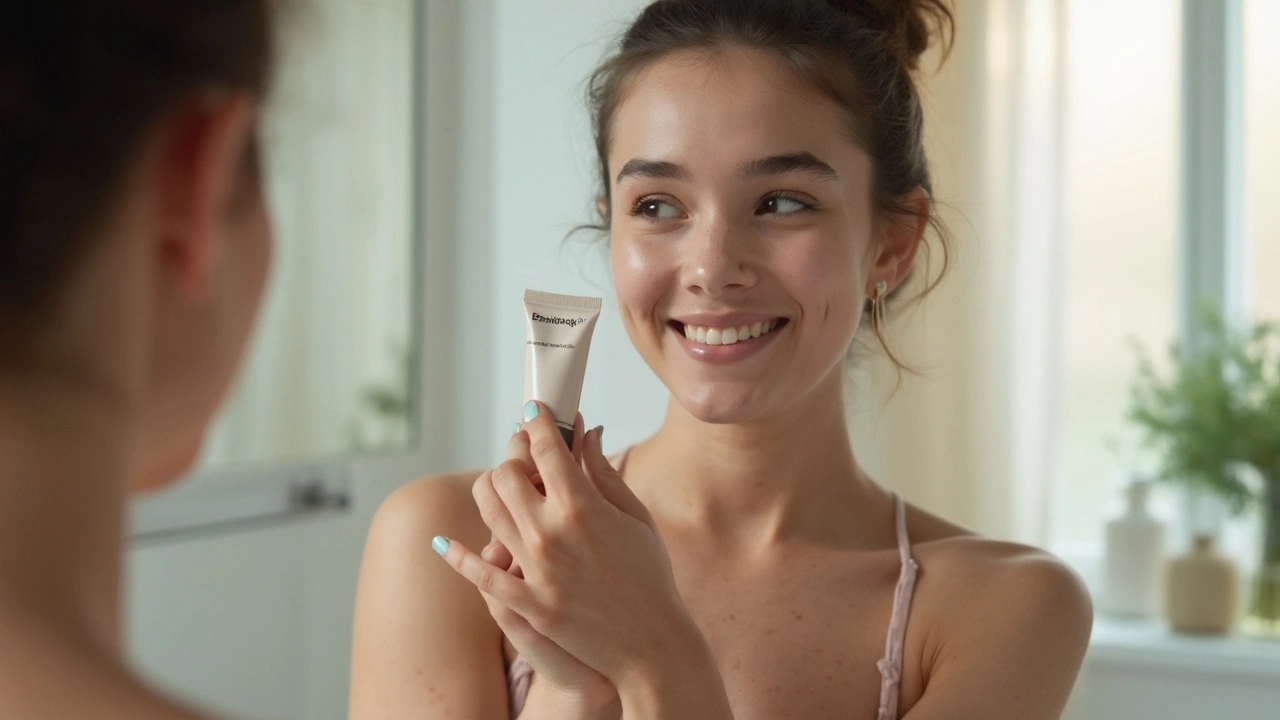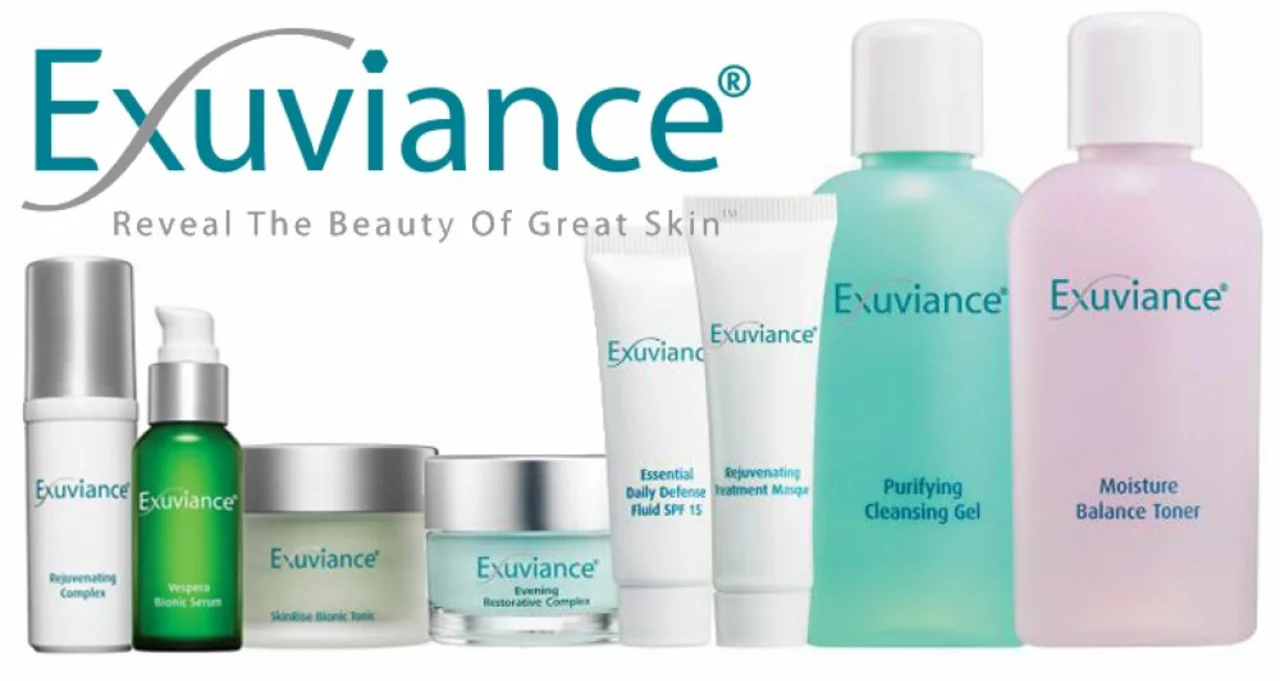Skincare: Practical Tips and Trusted Treatments
Got skin questions? This Skincare hub gives clear, practical help for common issues like pigmentation, scars, dryness, and acne. You’ll find honest guides on treatments, sensible routines you can follow, and safety tips to avoid surprises. Every article focuses on real results, simple steps, and when to talk to a dermatologist.
How to pick the right treatment
Start by naming your main concern. Pigmentation needs different care than scars or inflammation. Always patch test new topicals on a small area and watch for redness or itching for 48 hours. Use sunscreen every morning; most active treatments make skin more sun sensitive. Introduce one new product at a time so you can spot reactions and track progress. If a product promises overnight miracles, be skeptical—real change usually takes weeks.
For stronger prescription options, book a dermatologist visit. They can recommend correct concentrations and monitor side effects. If you use hydroquinone, tretinoin, or steroids like mometasone, follow guidance closely and avoid mixing potent actives without professional advice. For lightening treatments like Monobenzone, understand the goal and risks before trying them.
Quick wins and what to read next
Keep a short routine: gentle cleanser, targeted treatment, moisturizer, and SPF in the morning. Nighttime can include a retinoid or repair serum. For scars, consistent use of silicone gels or validated active ingredients helps over months. For dry or aging skin, hyaluronic acid keeps moisture; allantoin soothes irritation—both can work together.
On this page you’ll find practical posts that go deeper. Check the Benoquin Cream guide to learn about Monobenzone and depigmentation risks. Read the Hydroquinone, Mometasone, and Tretinoin article to understand how those actives interact and how to use them safely. See the Isofair alternatives piece if you want acne and pigmentation options beyond a single brand. The scar-minimizing post explains step-by-step use of common products and simple habits that boost results. Read the Allantoin vs Hyaluronic Acid post to pick ingredients that match your skin’s needs.
Small habits make big differences. Sleep, hydration, and a consistent routine matter. Avoid heavy layering of acids and retinoids at once. Track progress with photos every two weeks so you notice real changes. If irritation or worsening occurs, stop products and consult a professional.
Try this simple checklist: identify your skin type, list current products, note active ingredients, and decide the one problem to target first. Use a fragrance-free moisturizer if you have sensitive skin. Introduce acids no more than twice weekly at first, then increase slowly if tolerated. For pigmentation, expect visible shifts in eight to twelve weeks with regulated use. For acne, combine a benzoyl peroxide wash with a non-comedogenic moisturizer and spot tretinoin if advised. Keep a small diary of product reactions and results to share with your clinician if you need extra help.
Be patient always.





